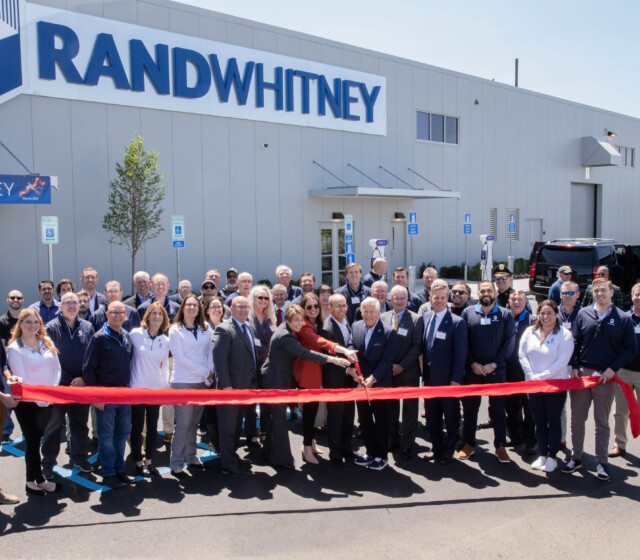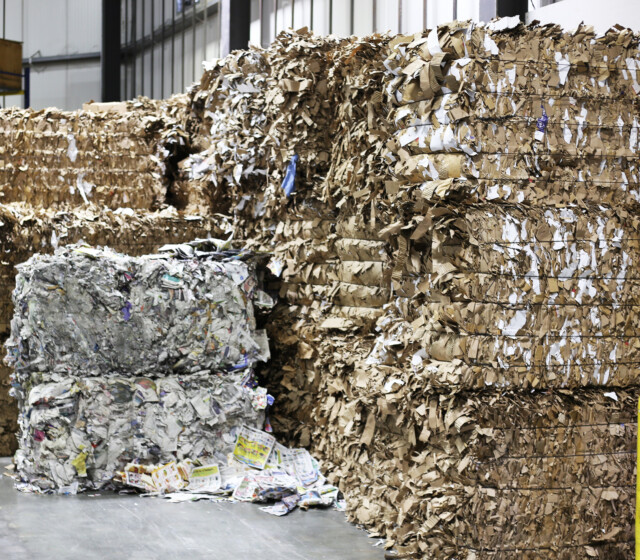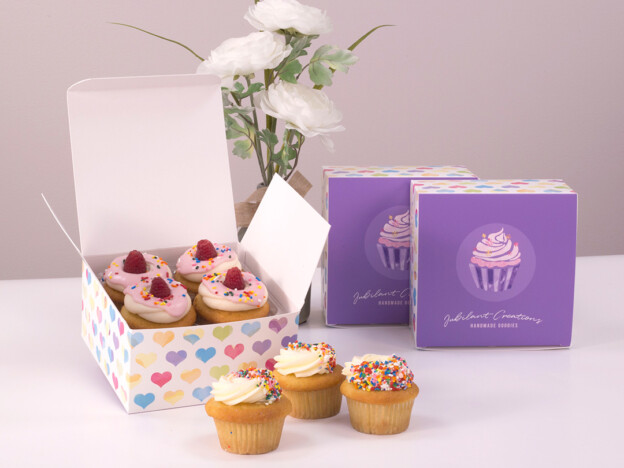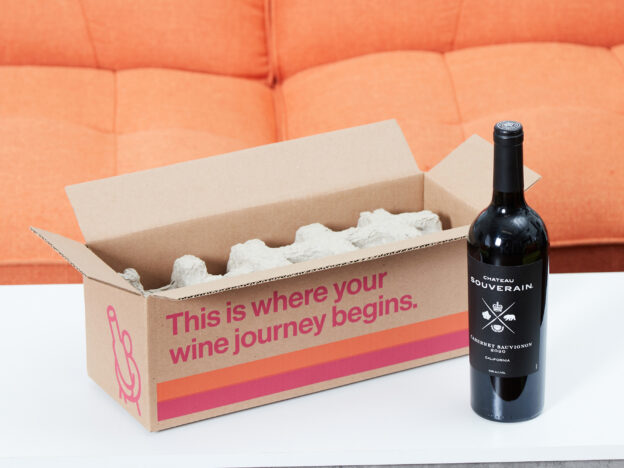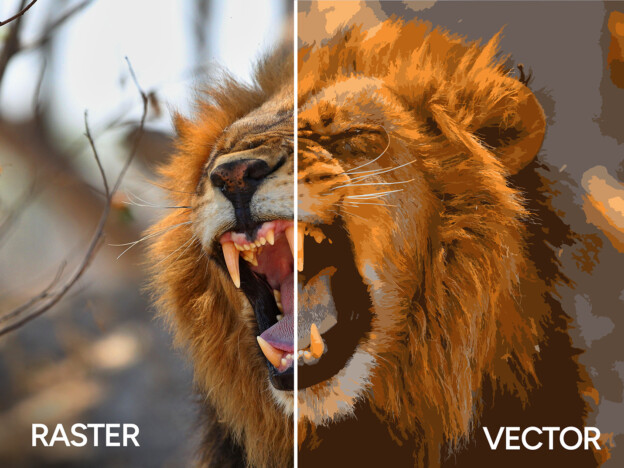How It's Made: Linerboard

From Concept to Creation
You probably don’t think about it a lot, but all of the corrugated packaging that ends up at your doorstep is made of something called linerboard. By learning how linerboard is created, you will get a much better appreciation for how a box is made. We’re going to give you an inside look at how the manufacturing process turns pulp into a finished product. From the first tree planted all the way to the finished board.
There are two ways of making linerboard for corrugated packaging. You can produce virgin, which comes from harvesting trees to be turned into pulp. Or you can produce recycled linerboard, which is created using recycled material such as old corrugated containers, otherwise known as OCC.
Different Paper from Different Trees
The first thing you should know about the production of virgin linerboard is that mills don’t just go into forests and chop down fresh trees. They have acres of land dedicated to growing and harvesting trees. When the mill harvests one tree they make sure to plant two more to ensure that it remains a renewable resource.
The type of tree used depends on where you are in the country and what qualities you need your paper to possess. Softwood trees, such as pines and firs, have fiber that is about three times as long as hardwood trees. Corrugated packaging requires long fibers to provide your box with its strength. Hardwood trees, such as oaks, birches and maples, have shorter fibers, which lends it to creating soft paper. Soft paper is ideal for printing. This makes it the perfect tree to use when creating copy, magazine, or newspaper.

Conifers, which are the common softwood trees, grow in the southeast United States better than anywhere else in the world! For this reason, most of the virgin linerboard mills in the U.S. are in the southeast. Hardwood trees grow predominately in the north. This makes the upper United States the perfect place to find virgin linerboard mills that produce linerboard for paper and tissue grades. Trees that are grown on these farms are grown especially for harvesting. While a pine tree in your back yard may take 15-20 years to reach maturity, at a mill they are ready to be harvested in about 7 years!
After the trees are harvested they are cut up into smaller logs, which are then sent through a process to remove the bark. The simplest way to do this is to send them through a tumbler that shakes the logs around large drums. The logs then go through a chipper that will turn the logs into woodchips. These chips still need to be turned into pulp before they can be turned into linerboard. To do so, you must break or dissolve the lignin in the chips. Lignin is the glue that holds the cellulose fibers of wood together.
Getting Pulp from Logs
You can break wood chips down into pulp in one of two ways, mechanically or chemically. The most common process is chemically. In this process, the chips are boiled at a high pressure with a chemical solution that dissolves the lignin in the chips.
The mechanical version of this process takes the chips and presses them down into pulp. This breaks apart the chips using brute force. The downside of this method is that it will shorten the fibers and make them weaker. Pulp with weaker fibers will be used for newsprint and magazine paper.
It’s Time to Manufacture the Paper
After the pulp is created, it will need to be washed. The combination of creating the pulp and washing it creates slurry of fiber and water. The slurry will then be sprayed out of something called a headbox. The headbox sprays the slurry using water jets that orientate the fibers in a specific direction. They do this to strengthen the finished product. The goal is to align the fibers to strengthen them against forces that would break them apart. The pulp ends up as an enormous mat on top of a mesh fabric called a wire.
The pulp that ends up on the wire ends up being 99% moisture and only 1% fiber. That much moisture obviously doesn’t lend itself to creating a usable paper, so the pulp will have to be dried out.
The rest of the paper machine is used to dry the newly formed paper. The mesh wire dewaters by gravity then a vacuum is applied to suction water out until the paper is about 75% water and 25% fiber. Then the paper runs through a press – a series of rolls – that squeezes water out to about 50% water and 50% fibers.
The paper then travels into the dryer section, a series of steam heated cans, that remove water until it’s at its finished moisture content – about 7% water and 93% fiber. Sometimes a starch solution is sprayed onto the drying paper to enhance the linerboards strength.
The paper finishes its journey by being wound onto a master reel. These reels are extremely big so they will have to be divided up into smaller rolls. Each master reel can contain up to 8 rolls. These rolls are the finished product that will be shipped to corrugator plants to be manufactured into the corrugated board that boxes are made of.
A Sustainable Process for a Sustainable Planet
Manufacturing virgin linerboard is a very sustainable process, but manufacturing recycled linerboard is even more so. This method collects Old Corrugated Containers to turn into slurry by mixing them with water in a giant blender called a repulper. After the OCC is turned into pulp, it will then be washed and further screened to get out any remaining impurities. The process continues from there in the same way as manufacturing virgin linerboard.
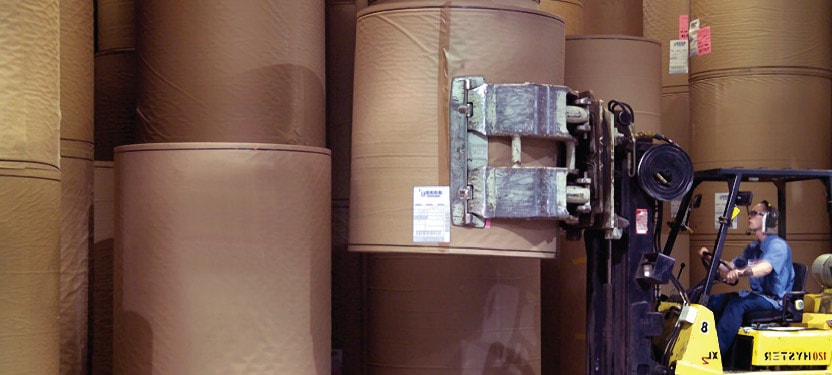
Most mills around the country are now opting to produce recycled linerboard. Some mills use a combination of recycled and virgin pulp, while others, like our mill in Montville, CT, manufacture 100% recycled linerboard. As corrugated is continuously recycled the fibers get shorter, so the amount of time it can be recycled is capped at about 7 times. However, recycling a box that many times may keep it out of a landfill for many years.
These mills are some of the most environmentally friendly manufacturing facilities in the world. Our mill in Montville manufactures using 100% post consumer waste material along with water that is 100% recycled wastewater. This allows the mill to avoid pulling water from natural sources and disrupting the local ecosystem.
Making paper uses a lot of equipment and requires a lot of energy. Rand-Whitney’s Montville plant produces all the electricity it needs to run the plant by running a high-efficiency turbine. The by-product of producing electricity with a turbine is heat – which is captured and used for all the heating needs of the plant including the steam used to dry the paper. Any excess electricity the plant generates is sent back to the power grid. In fact, to help avoid grid blackouts, the paper mill can shut down and export all the electricity it can produce. The turbine can produce enough electricity for about 15,000 households!
If you have any further questions about packaging or how its made, please Contact Us on our website or at [email protected]
